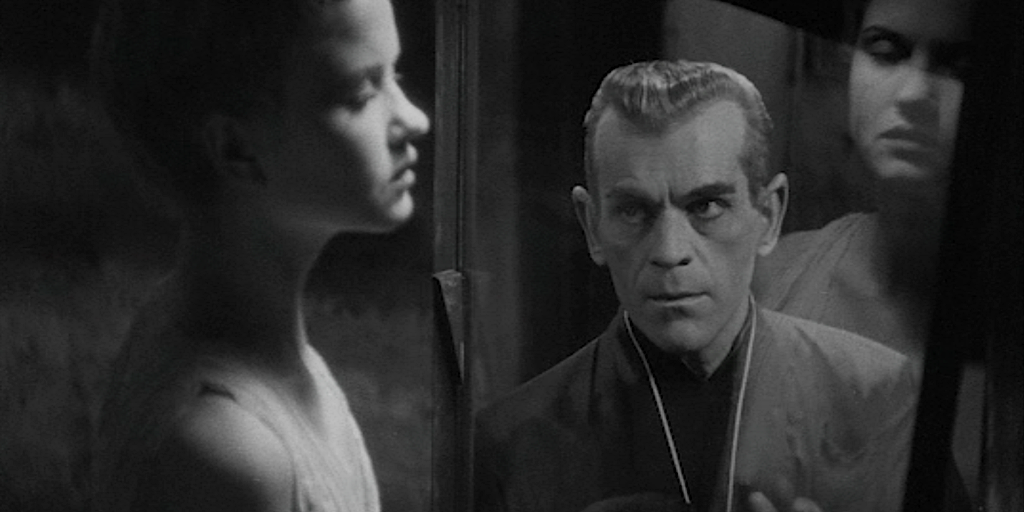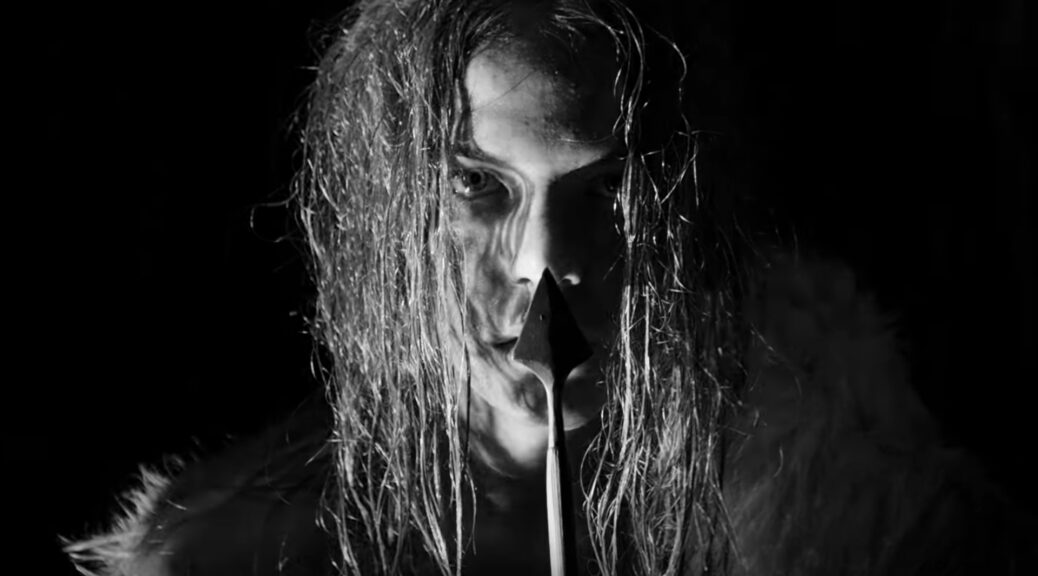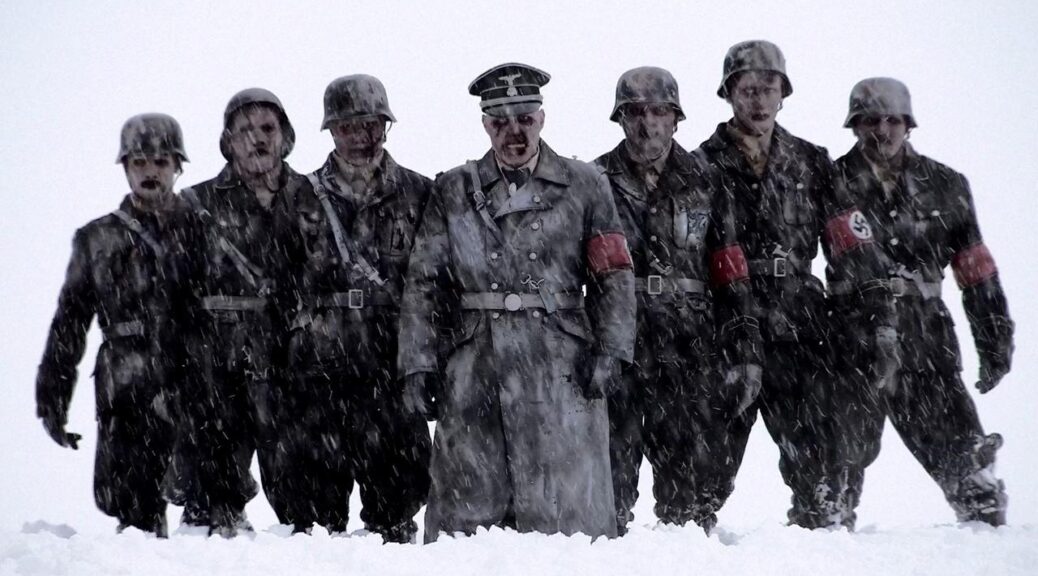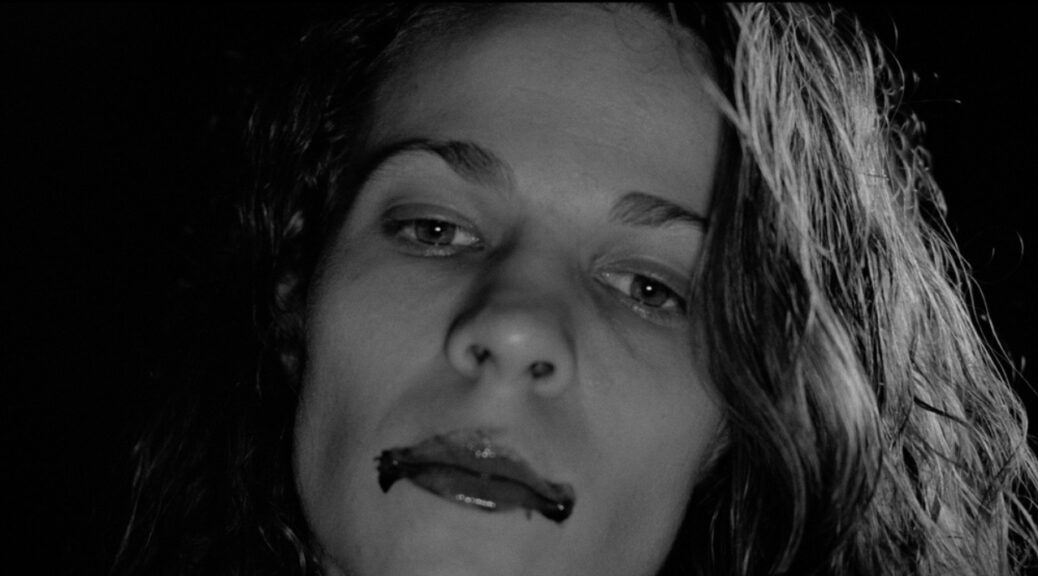We dig deep into the history of horror to pay tribute to some of the true cinematic breakthroughs – films that defined horror and are still imitated and adored today.
5. Dracula (1931)
Oh, Bela. When Lugosi took the screen in 1931, no one was yet tired of Dracula. It was still a literary property only made once into a film, albeit illegally and under a different title by F.W. Murnau. (If you haven’t seen the masterpiece that is Nosferatu, please do.)
Bela, alongside director Tod Browning, got to create the image that would forever define the most mimicked, reworked, revamped – if you will – monster in cinema.
4. The Black Cat (1934)
Rocky Horror owes a tremendous debt to Edgar G. Ulmer’s bizarre horror show. The film – clearly precode – boasts torture, tales of cannibalism, and more than the hint of necromancy.
Plus Bela Lugosi and Boris Karloff?! What is not to love? It looks great, as does Karloff, whose lisp is put to the most glorious use. What a weird, weird movie. So good!
3. Vampyr (1932)
The well-groomed if aimless dreamer wanders with what appears to be a fishnet to a secluded little inn. But trouble’s afoot.
And dig those crazy shadows!
The great Carl Theodor Dreyer co-wrote and directed this gorgeous black and white fantasy. The painterly quality of Dreyer’s frames and the bizarre character behavior give the film a surreal atmosphere you can’t shake. His decision to limit dialog to a minimum and craft the movie with traditional silent film gimmicks benefitted the dreamscape atmosphere.
2. Freaks (1932)
Short and sweet, like most of its performers, Tod Browning’s controversial film Freaks is one of those movies you will never forget. Populated almost entirely by unusual actors – midgets, amputees, the physically deformed, and an honest to god set of conjoined twins (Daisy and Violet Hilton) – Freaks makes you wonder whether you should be watching it at all. This, of course, is an underlying tension in most horror films, but with Freaks, it’s right up front. Is what Browning does with the film empathetic or exploitative, or both? And, of course, am I a bad person for watching this film?
Well, that’s not for us to say. We suspect you may be a bad person, perhaps even a serial killer. Or maybe that’s Hope. What we can tell you for sure is that this film is unsettling, and the final, rainy act of vengeance is truly creepy to watch.
1. Frankenstein (1931)/Bride of Frankenstein (1935)
James Whale’s brilliant take on Mary Shelley’s novel looked at Frankenstein’s monster and saw the cruelty humanity was capable of committing. For him, the monster was the central and most interesting figure. Unlike Shelley’s antihero, Whale’s creature was utterly sympathetic, an oversized child unable to control himself, making him simultaneously innocent and dangerous.
Barons and aristocracy, the European setting – the film distrusts scientists and public officials as fools unable to reign in their own ambitions no matter the dire consequences.
Four years later, James Whale and Boris Karloff – with tag along make-up man Jack Pierce – returned to Castle Frankenstein for another tale of horror. What makes this one a stronger picture is the dark humor and subversive attitude, mostly animated by Frankenstein’s colleague Dr. Pretorius (Ernest Thesiger).
The sequel casts off the earnestness of the original, presenting a darker film that’s far funnier, often outrageous for its time, with a fuller story. Karloff again combines tenderness and menace, and Elsa Lanchester becomes the greatest goth goddess of all film history as his Bride.









